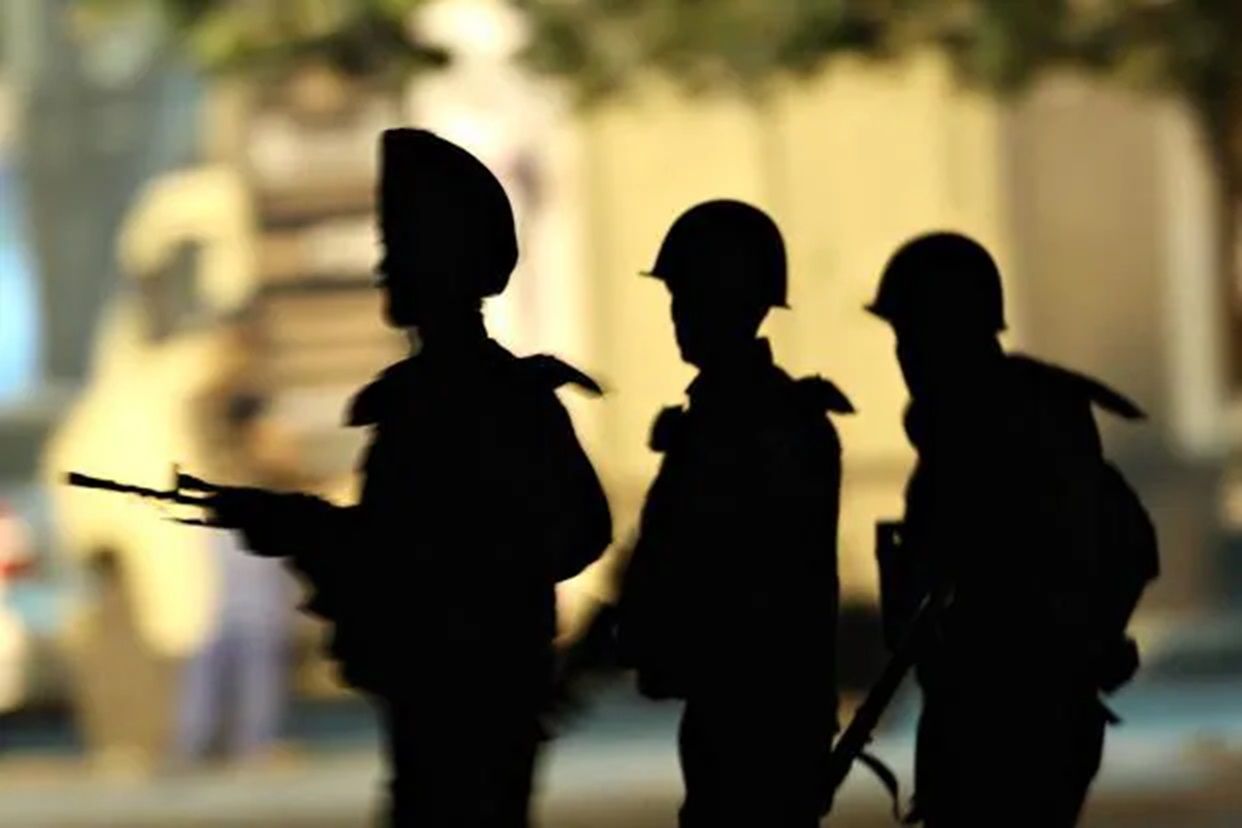
The South Asian region is made up of countries that share a common colonial past and a long history of conflict, war, terrorism and cross-border ethnicity. Powerful factors such as nationalism, ethnicity and religion contribute significantly to terrorism. These countries, including India, are at various stages of development, with some classified as developing countries and others as least developed. Despite claims of technological advancement, the technological threshold remains low and over 40 percent of the total population is illiterate. In addition, they face human rights abuses, unemployment and rampant corruption. The political class often ignores the aspirations of voters and there are no restrictions on criminals becoming politicians and ministers. Ethnicity acts as a double-edged sword as it is used both to germinate and spread terrorism and for communication and dispute resolution.
The right balance between the country’s security needs and respect for civil rights remains a delicate issue. Porous borders and complicated political landscapes create fertile ground for terrorism to operate without fear. Domestic radicalization is fueled by religious extremism, scarcity of resources and opportunities, and socio-economic injustices. Limitations in the security architecture, such as lack of resources, diversified intelligence sharing, and corruption in security forces, negatively affect counter-terrorism measures.
In recent decades, terrorism has spread considerably in India. Domestic and global terrorist groups operate within the country, destroying national property, killing innocent civilians and non-combatants, and halting development in affected areas. Internal security is threatened by acts of religious and communal chauvinists, jihadi terrorists, and Naxalism, which has also affected neighbouring Nepal. States such as Andhra Pradesh, Bihar, Chhattisgarh, Jharkhand, Karnataka, Orissa, Maharashtra, Uttar Pradesh, and West Bengal are severely affected by Naxalite violence. The Naxalites are more organised than they were fifty years ago.
Terrorism challenges India’s integrity, unity and security by instilling fear through bombings and assassinations. This problem has been present even before the concept of national security was considered. Today, India is facing insurgencies in five parts of the northeast, proxy wars in Jammu and Kashmir, Naxalism in the centre of the country and faith-based terrorism that transcends borders.
India’s cultural and religious diversity, coupled with its socio-economic and political weaknesses, provide fertile ground for radicalisation of youth. Conditions such as poverty, demographic factors, social inequality and exclusion, dispossession and political grievances create a social environment which, when combined with certain precipitating factors, gives rise to the emergence of terrorist organisations and terrorist acts.
The vast landscape with penetrable borders makes it difficult to monitor and track cross-border movements and infiltrations of terrorist operatives. Moreover, administrative hurdles and lack of cooperation between state and central security forces complicate a quick and effective response. This complexity makes it vital to thoroughly understand the challenges India faces in its fight against terrorism.
Terrorist attacks in India have evolved, including radicalisation through online platforms, the emergence of lone attackers, and new methods of coordination and financing. Balancing security and human rights becomes another hurdle, making it crucial to analyse how these two factors interact to provide effective counter-terrorism measures.
India has employed a multi-pronged approach to tackling terrorism. The legal framework includes the Unlawful Activities (Prevention) Act that allows for the detention of suspects and the prohibition of terrorist organisations. At the institutional level, multiple federal and state agencies such as the Intelligence Bureau, the National Investigation Agency and special branches of the state police work together to gather intelligence on potential threats. Security preparedness has been strengthened with increased surveillance at vulnerable borders and coastal patrols. Special forces such as the National Security Guard are trained to respond quickly to terrorist attacks.
Deradicalisation efforts focus on addressing the socio-economic and political grievances of vulnerable communities, and are being fought in the virtual world. India also promotes global consensus against terrorism through its network of diplomatic relations and organisations such as the Financial Action Task Force, which works to disrupt terrorist financing.
Despite comprehensive efforts, challenges remain. Coordination between central and state agencies is often uneven, and there are concerns about human rights violations. The growing trend of online radicalization and cyber threats requires a more modern and integrated approach.
A holistic approach to countering terrorism in India combines hard and soft power to address complex threats. In addition to military strength, social and economic development is promoted in marginalized communities. Initiatives such as the Pradhan Mantri Jan Dhan Yojana and interfaith dialogue platforms such as the World Sufi Forum play a crucial role. Collaboration with technology companies to counter extremist narratives online and strengthening diplomatic relations are equally important.
This article seeks to provide a comprehensive overview of the challenges of terrorism in South Asia, with special reference to India. It examines the economic and socio-political dynamics that lead to terrorism in the region, including social inequalities, existing disparities, different ideologies and poverty. It also sheds light on the multilayered nature of terrorism, ranging from online radicalisation to lone-wolf attacks, new sources of funding and religious extremism and insurgencies, which complicates counter-terrorism efforts.
Note: This is an article republished from the «Defence, Research and Studies» media outlet through a cooperation agreement between both parties for the dissemination of journalistic content. Original link.
Source: https://reporteasia.com/opinion/2024/08/12/contraterrorismo-sur-asia-india/

